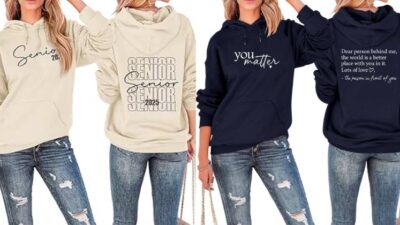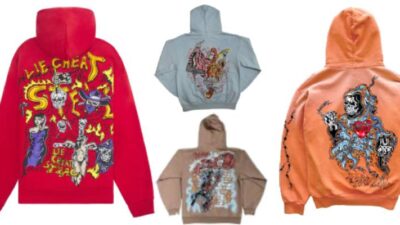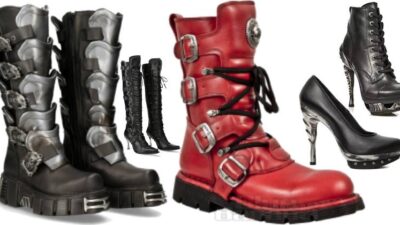Clothing, far beyond its utilitarian purpose of providing protection from the elements, has always served as a profound expression of identity, culture, and societal norms. Throughout history, the evolution of clothing has mirrored the evolution of human civilization itself, adapting and transforming in response to changing environments, technologies, and ideologies. One fascinating aspect of this evolution is how clothing has been used to break down barriers—both literal and figurative—between individuals and communities.
Historical Perspectives on Clothing as a Barrier
From ancient civilizations to modern times, Barriers clothing has been used not only to distinguish social status and cultural identity but also to reinforce boundaries between different groups. In many societies, sumptuary laws regulated what people could wear based on their social rank or profession, thereby maintaining visible divisions within the social hierarchy. For instance, in feudal Japan, the sumptuary laws dictated the colors and types of clothing that each class could wear, reinforcing the rigid social structure of the time.
Clothing as a Symbol of Identity and Resistance
However, throughout history, clothing has also been a powerful tool for challenging and breaking down barriers. One notable example is the emergence of the Suffragette movement in the early 20th century. Women protesting for their right to vote in Britain and the United States often wore white dresses as a symbol of purity and dignity, using their clothing to visually unify their cause and demand social change.
Similarly, in the mid-20th century United States, the Civil Rights Movement saw African Americans using clothing to challenge racial segregation and discrimination. The act of wearing suits and dresses to protests and sit-ins was a deliberate assertion of dignity and equality, challenging the barriers imposed by Jim Crow laws and societal prejudice.
Fashion and Gender Expression
Clothing has also played a crucial role in challenging traditional gender norms and stereotypes. Throughout the 20th and 21st centuries, the fashion industry has seen waves of gender-neutral and gender-fluid clothing designs, aimed at breaking down the binary distinctions between “men’s” and “women’s” clothing. Designers and activists have used fashion as a means of advocating for greater acceptance and visibility of diverse gender identities, thereby challenging the barriers imposed by traditional notions of gender.
Globalization and Cultural Exchange
In the modern era of globalization, Barriers Hoodie has become a vehicle for cultural exchange and understanding. Western fashion trends have increasingly incorporated elements from diverse cultures around the world, leading to a fusion of styles and traditions. This cross-pollination of fashion has not only enriched the global fashion landscape but has also contributed to breaking down cultural barriers and fostering greater appreciation for diversity.
Technology and Innovation in Clothing Design
Advancements in technology have also played a significant role in breaking down barriers in clothing design. Innovations in fabric technology, such as the development of breathable and moisture-wicking materials, have revolutionized sportswear and outdoor clothing, making physical barriers like climate and terrain less restrictive. Similarly, advancements in 3D printing and sustainable materials are pushing the boundaries of what is possible in fashion design, opening up new avenues for creativity and expression.
Conclusion: The Future of Clothing as a Barrier Breaker
As we look to the future, the role of clothing in breaking down barriers continues to evolve. From challenging social norms to embracing cultural diversity and leveraging technological innovation, clothing remains a powerful tool for expressing individuality and promoting social change. As global communication and connectivity increase, clothing will likely continue to play a crucial role in bridging cultural divides and promoting a more inclusive and interconnected world.
In conclusion, while clothing has historically been used to reinforce boundaries, its transformative potential lies in its ability to challenge and break down those barriers. Whether through political protest, cultural exchange, or technological innovation, clothing continues to evolve as a symbol of identity, resistance, and unity in our ever-changing world.










